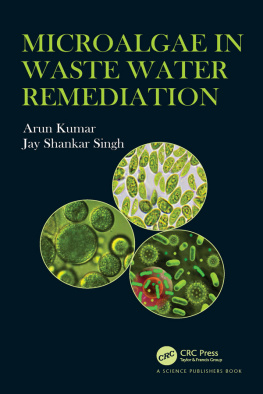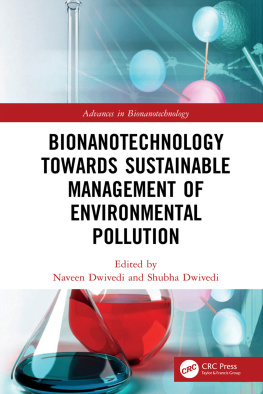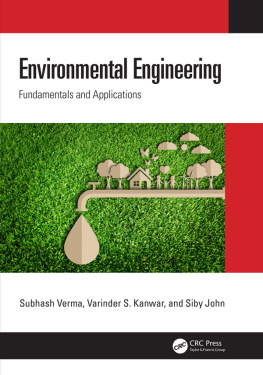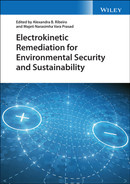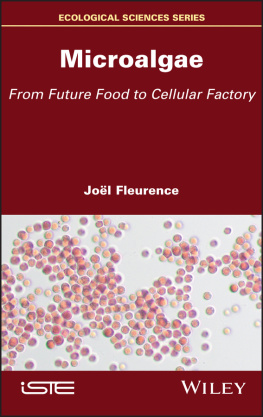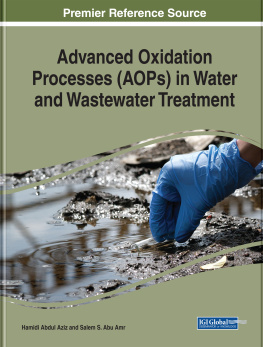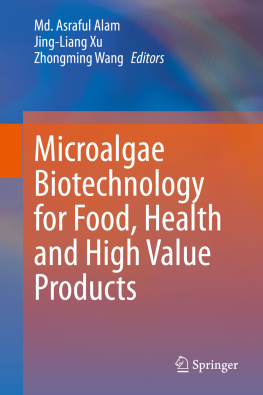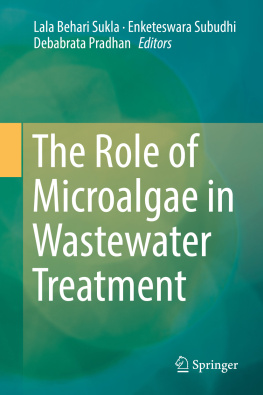CHAPTER 1
Microalgae I: Origin, Distribution and Morphology
Microalgae are considered as a large group of microscopic, phototrophic organisms that include cyanobacteria, prochlorophytes and eukaryotic algae. They are found in diverse ranges of terrestrial, freshwater and marine habitats; and also exist in extreme environments, such as snow, sea ice, deserts, hot springs and salt lakes (Rothschild and Mancinelli 2001, Vincent 2010, Singh 2014, Hopes and Mock 2015, Singh et al. 2016). They are ubiquitous in distribution, survive in most habitats that have moisture and sufficient light conditions, and are quite common in freshwater lakes and oceans as part of the phytoplankton community.
Organisms like cyanobacteria originated about 2.7-2.6 billion years ago in the Archean eon of the Precambrian era; which later may have been responsible for a radical transformation involving global oxygenation in the atmosphere of the Earth (Canfield 2000, Holland 2006, Kulasooriya 2011). The primary endosymbiotic event between cyanobacteria and the unicellular heterotrophic eukaryotic host gave rise to chlorophytes, glaucophytes and rhodophytes containing membrane-bound organelles known as plastids (Falkowski et al. 2004, Miyagishima 2011). Later a secondary endosymbiotic event involving green and red algae with new heterotrophic eukaryotes gave rise to euglenoids and chlorarachniophyte, cryptophytes, dinoflagellates and chromophytes (diatoms) having green or red plastids with additional membranes (Cavalier-Smith 1999).
In oceans, cyanobacteria and eukaryotic microalgae are together responsible for just over 45% of global primary production (Field et al. 1998), which play a large role in nutrient cycling by providing nutrition to other organisms and later on death, sinking their biomass (organic matter) to the interior of oceans. The regular sinking of algal biomass also enriches the oceans interior with fixed atmospheric CO 2 , resulting in maintaining global CO 2 levels. This phenomenon is more closely observed during seasonal excess microalgal growth (often a single or a few species of microalgae) or simply algal blooms, occurring due to excess availability of nutrients such as nitrate and iron (Boyd et al. 2000). On depletion of nutrients, the microalgal community begins to sink, which are responsible for cycling organic and inorganic products. Some microalgal groups i.e., diatoms and coccolithophores have geological contributions such as diatomite and chalk deposits, through sinking of their intricate shells of silica and calcium carbonate. It was also indicated that sinking and depositions of microalgal lipids was linked to marine oil reserves.
The distribution, biochemical diversity and applied phycology; which limits the scope of a classification scheme based on a traditional approach. The traditional approach, primarily considers features like pigmentation, thylakoid organization and other ultrastructural features of the chloroplast, the chemical nature of the photosynthetic storage product, structure and chemistry of the cell wall, and the presence of flagella (if any) and their number, arrangement and ultrastructure; to classify the algae into major groups in to divisions (which are equivalent to zoological phylum).

: Three domain kingdom classification systems (Woese et al. 1972).
Based on fossil records, it was established that the first cyanobacteria originated about 2.72.6 billion years ago in the Archean era of Precambrian period that created small oxygen oases within the anoxygenic environment (Andersen 1996, Buick 2008, Blank and Sanches-Baracaldo 2010, Shestakova and Karbysheva 2017). Due to these small oxygen oases, global oxygenation of the atmosphere occurred between 2.45 and 2.23 billion years ago, often known as the Great Oxidation Event (GOE). Sergeev et al. (2002) and Zavarzin (2010) suggested that cyanobacteria gradually replaced methane from the anoxygenic environment, leading to the transformation of global geochemical conditions that significantly affected the development of interdependent biogeochemical cycles i.e., carbon, nitrogen, phosphorus and sulfur. Due to the alternation in methane concentration and some lithospheric processes, it induced the cooling of the Earths surface and later glaciation activities in the early Proterozoic period. These alternative changes in climatic conditions, further paved the way for the evolution and diversification of cyanobacteria (Garcia-Pichel 1998, Sorokhtin 2005, Kopp et al. 2005).
In recent times, the plastids (primary plastids) in divisions of Glaucophyta, Rhodophyta (red algae) and Viridiplantae (green algae and land plants) that are placed in the Archaeplastida.
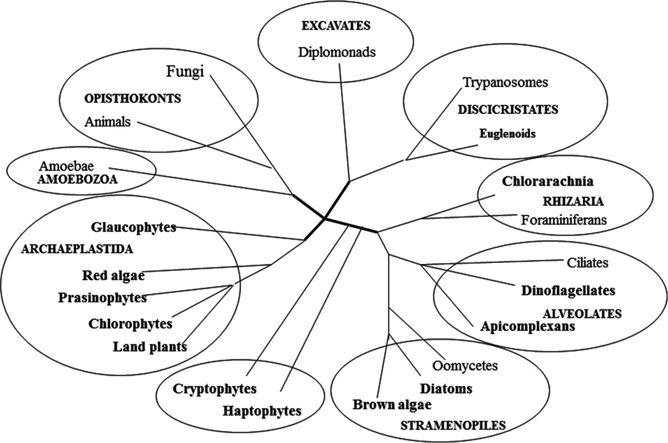
: Current reorganization of super-groups in the domain Eukarya (Based on Gould et al. 2008; Achibald 2009).
Then a later subsequent endosymbiotic incident invoking the integration of eukaryotic algae into other eukaryotes, led to the development of all other plastids; that existed in Chromalveolata (kelps, dinoflagellates and malaria parasites), Excavata (euglenids) and Rhizaria (chlorarachniophytes) (Archibald 2012, Ball et al.

